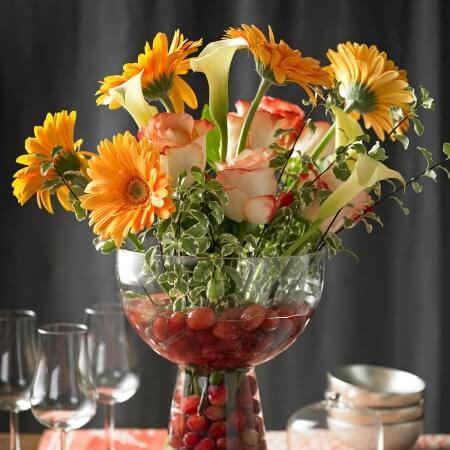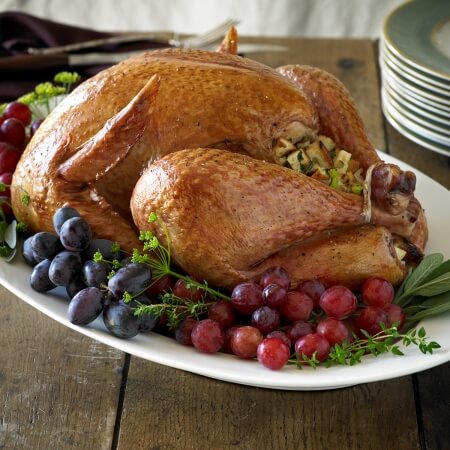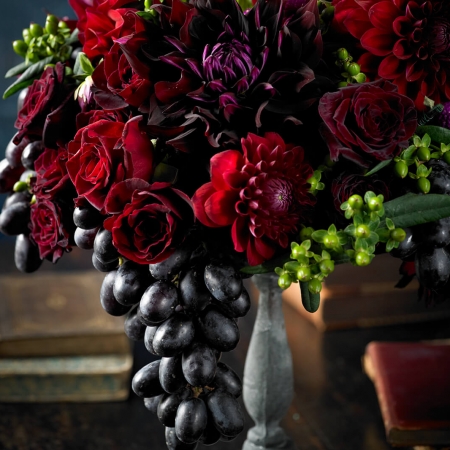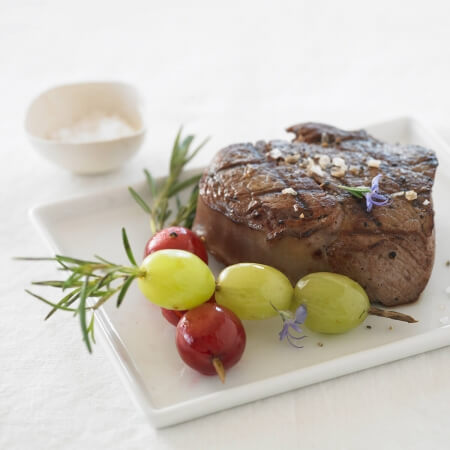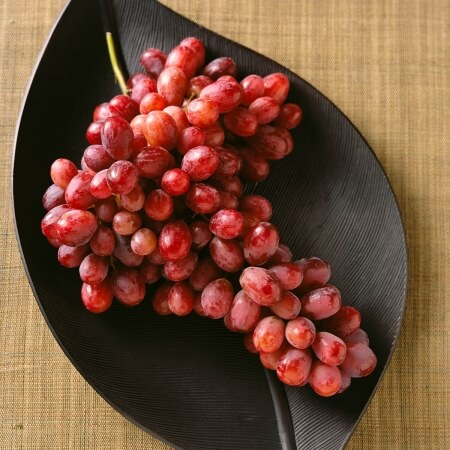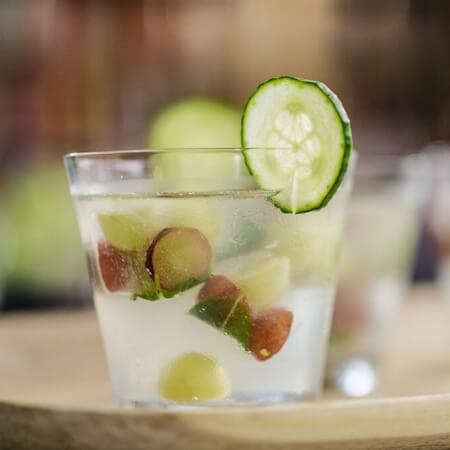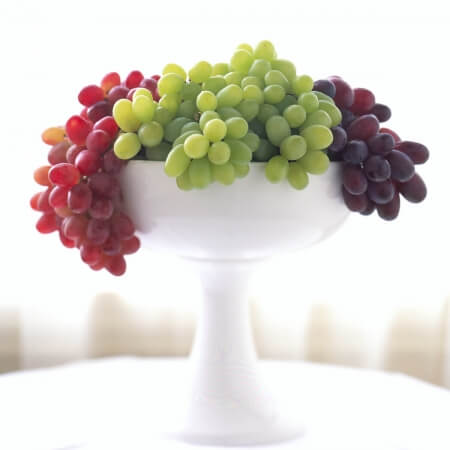All About
For nearly two centuries,
Californians have been cultivating grapes
Grapes have been around a long, long time – in fact, the first grape varieties date as far back as 6000 B.C.
In California, the fresh grape boom hit in 1839 when a former trapper from Kentucky, William Wolfskill, planted the state’s first table grape vineyard in the Mexican colonial pueblo now known as Los Angeles. An agricultural entrepreneur, Wolfskill was the first farmer to ship fresh grapes to Northern California. R.B. Blowers expanded the idea and sent the first 22-pound box of California grapes to Chicago via the new transcontinental railroad in 1869.
Grapes Today
The gold rush may have ended, but the grape rush continues. Today, over 99 percent of grapes commercially grown in the United States come from California. With 89 varieties grown, California grapes come in three colors – green, red, and black – and are available May through January. At a crop value of $2.3 billion in 2022, California table grape growers harvested more than 77 million boxes of grapes, sending them to shoppers worldwide.
Committed to quality
California’s table grape growers are committed to giving you the best tasting, highest quality grapes in the world, so the highest standards of production are applied to every vine grown. Grapes from California are cultivated, picked, packed, and transported with the greatest care to ensure the berries you enjoy arrive in just-picked condition: plump, juicy, and perfect.
HOW TO select and enjoy
With these simple tips, you'll be guaranteed a great grape experience:
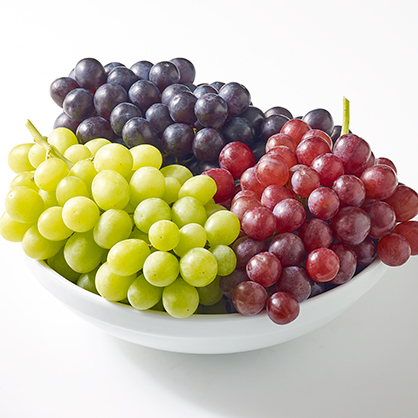
Selecting Grapes
Look for grape bunches with green, pliable stems and plump berries. Do you see a waxy, whitish covering on grape berries, giving a frosted appearance to dark-colored varieties? That’s bloom and it’s good! Bloom is a naturally occurring substance that protects grapes from moisture loss and decay. To prolong shelf life, store table grapes unwashed in the refrigerator and rinse them with cold water prior to eating. Green, red, or black…which color should you choose? Try them all to experience different flavors, shapes, colors, and textures.

Storing Grapes
Grapes can keep for up to two weeks when following a few simple steps:
- Always refrigerate for maximum shelf life
- Store unwashed and dry; rinse before serving
- Avoid storing compressed or squeezed
- To avoid odor absorption, do not store grapes next to onions or leeks
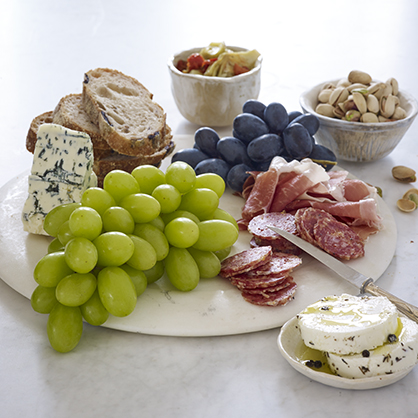
Enjoying Grapes
Grapes can be eaten fresh or frozen and are a wonderful addition of flavor and texture to anything from salads to sides, drinks to desserts. Whether sautéed, roasted, grilled, or even pickled, grapes make it easy for anyone to take their snacks and meals to the next level.
Find hundreds of recipe ideas hereGRAPEVINE
ANNUAL CYCLE
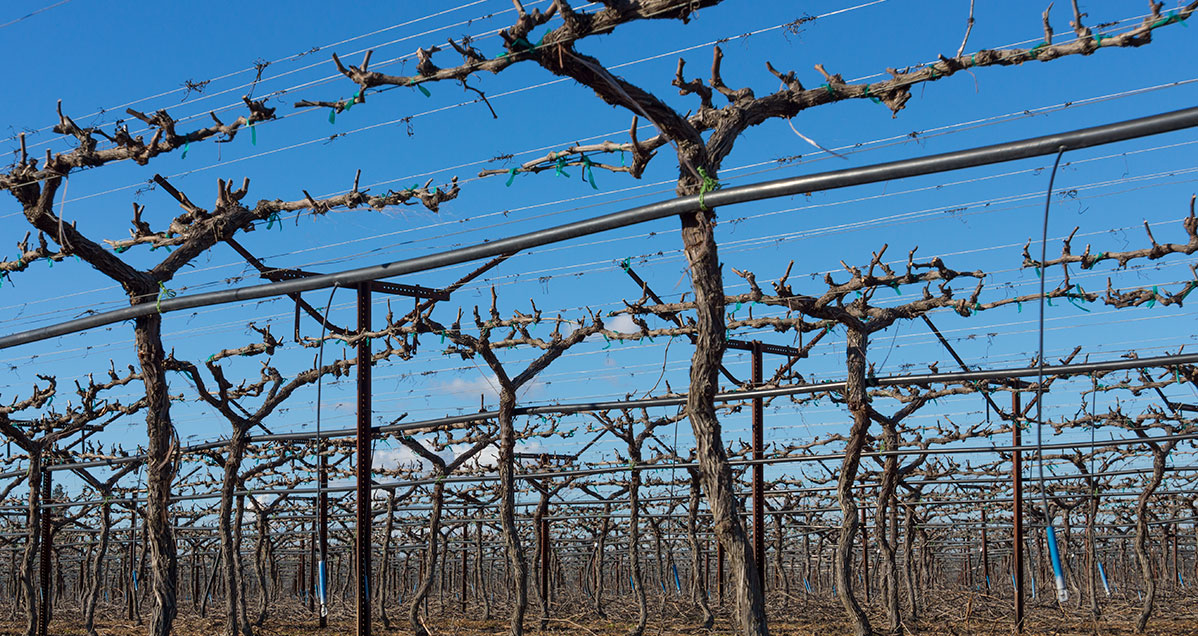
Dormancy / Pruning
Dormancy is an important stage of the grapevine annual cycle when growth and development stop temporarily and the vine rests.
LEARN MORE >
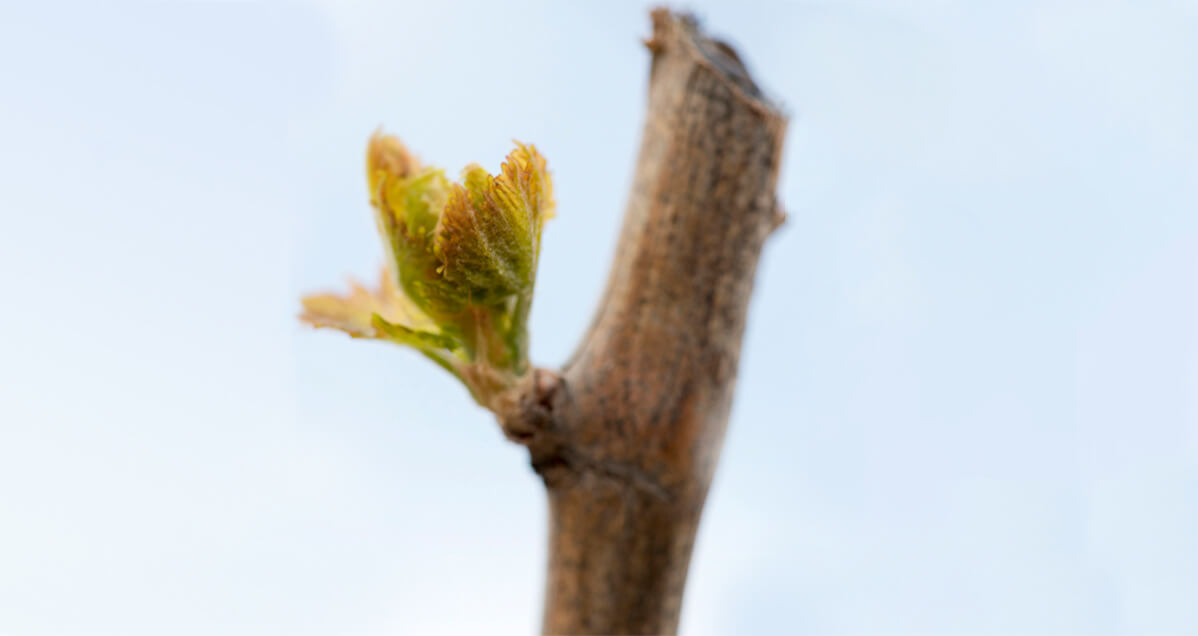
Bud break
Tiny buds on the vine start to swell and green leaves start to appear. Appearance of the first green leaves through the bud scales is called budbreak.
LEARN MORE >
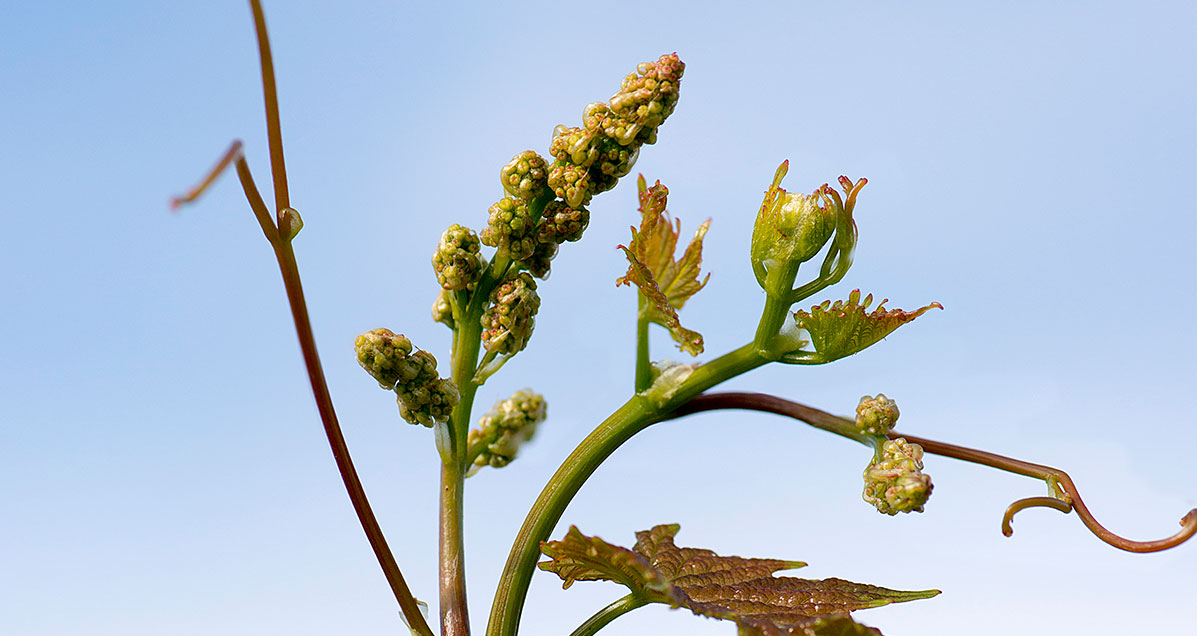
Shoot Development
Growth is slow at first. Leaves and shoots expand and cluster florets develop. As the mean temperature rises, growth and shoot elongation accelerate.
LEARN MORE >
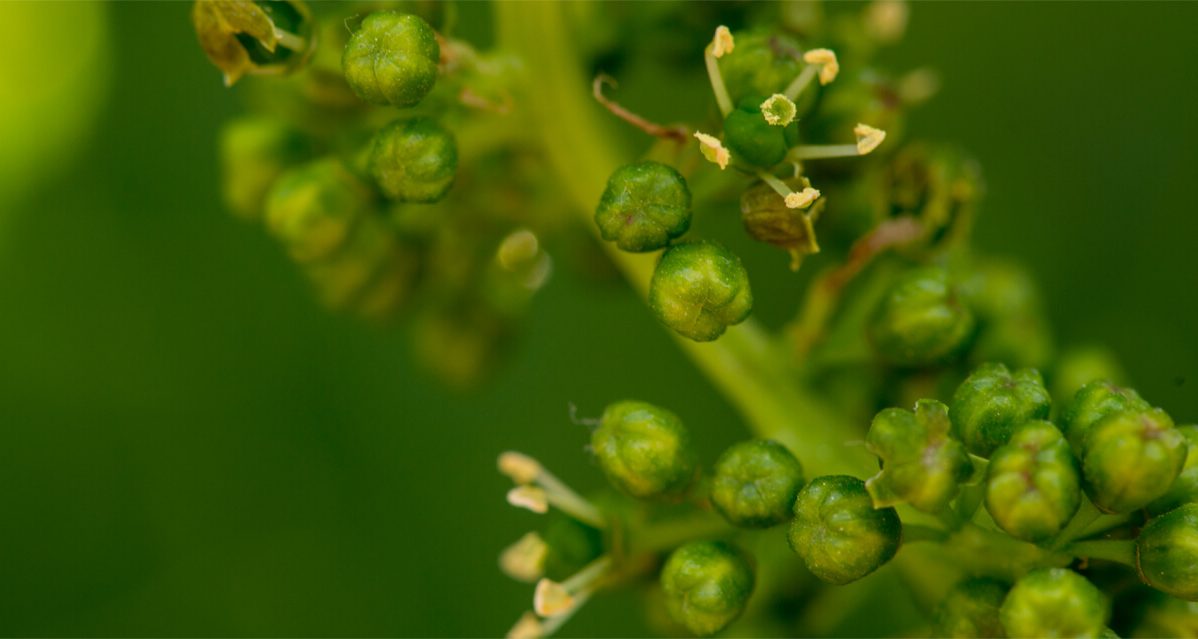
Flowering/Fruit Set
Grapevine flowers are born in a cluster (or bunch). The main axis of the cluster is called the rachis. When spring temperatures rise to 68 F the flowers typically begin to bloom.
LEARN MORE >
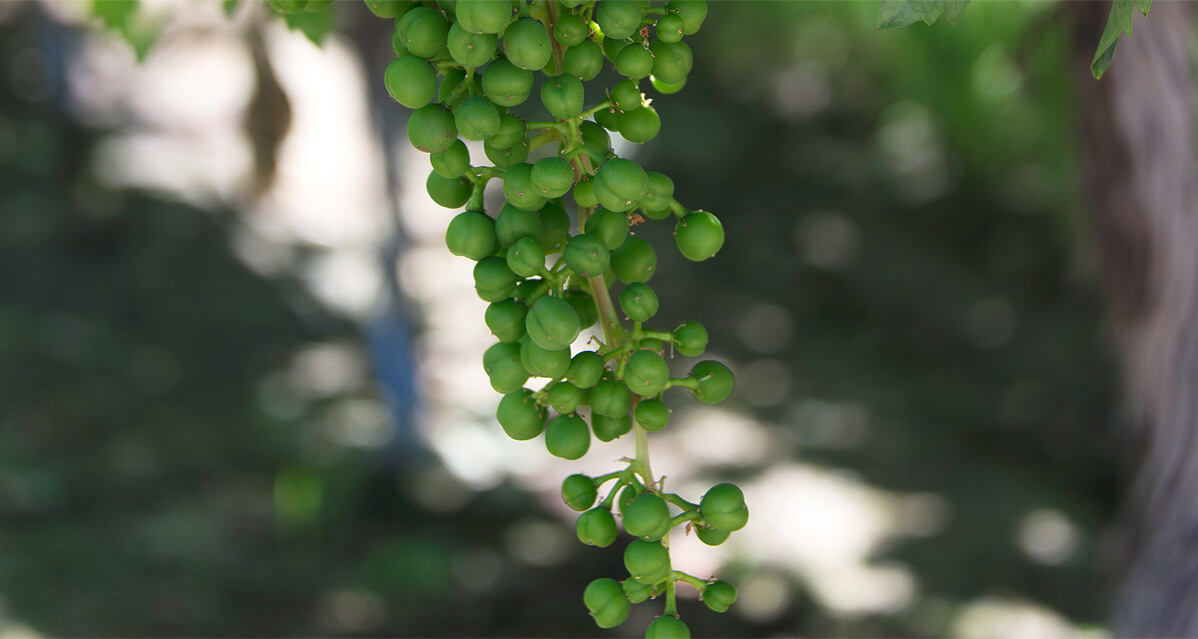
Berry Development Stage 1
Initial period of growth is rapid, due to cell division and cell enlargement. The grape berries are green and hard to the touch and enlarge rapidly. They have very little sugar and are high in organic acids.
LEARN MORE >
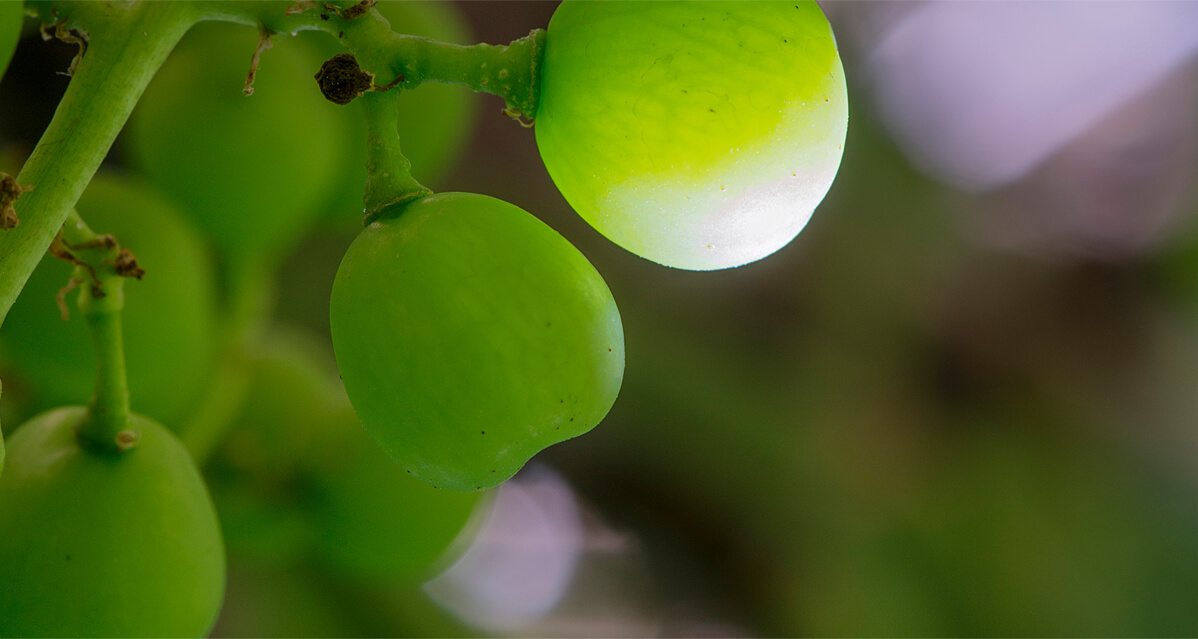
Berry Development Stage 2
In the lag phase overall berry growth rate has slowed. At the start of the lag phase, berries have reached at least half of their final size. The lag phase is less prominent in seedless varieties compared to seeded varieties.
LEARN MORE >
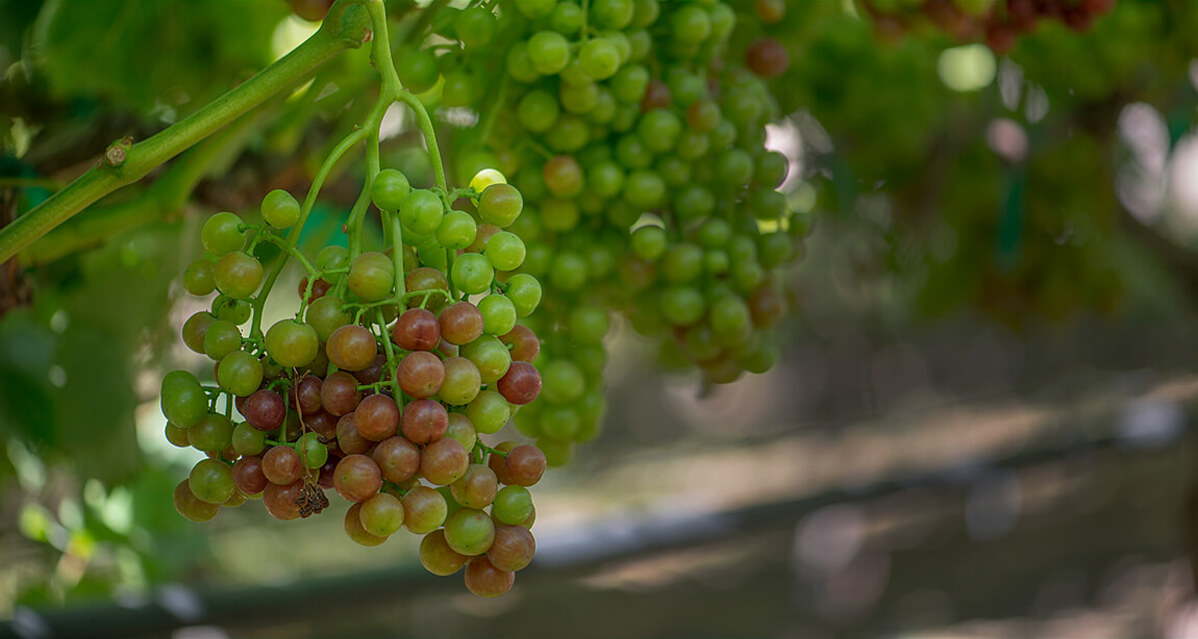
Berry Development Stage 3
During the ripening phase the grape berries begin to accumulate sugars, while acidity decreases. Berries are becoming softer and they are rapidly increasing in size, due to cell enlargement.
LEARN MORE >
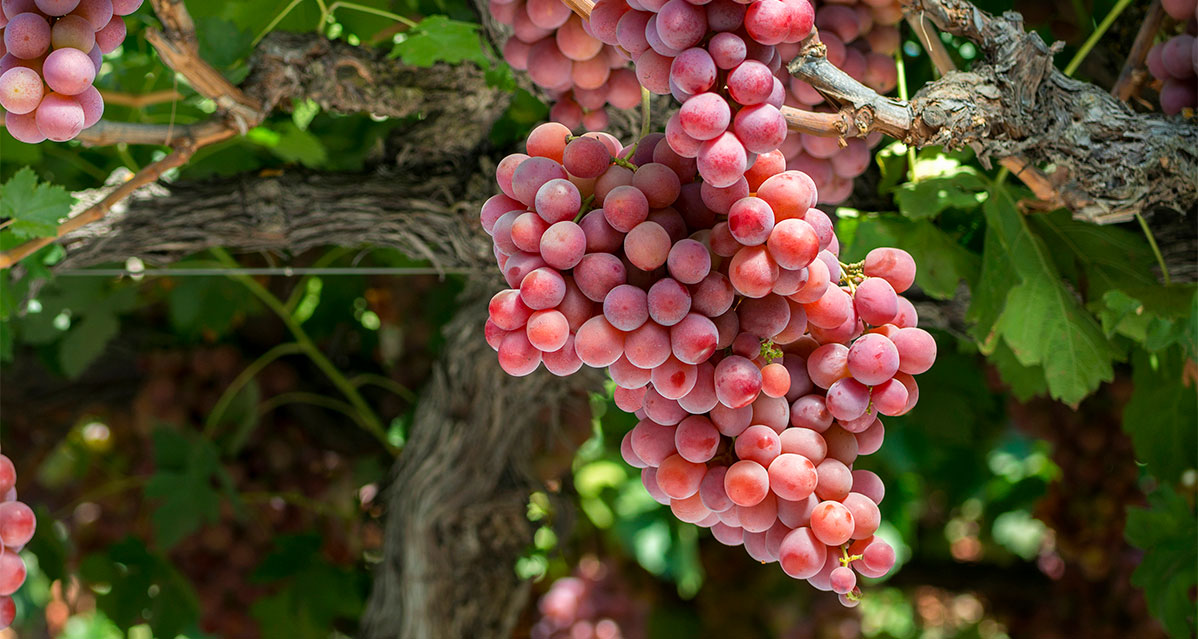
Harvesting Quality
Unlike many fresh fruits, grapes are harvested fully ripe. After they’re picked, they do not become sweeter, so timing is everything.
LEARN MORE >
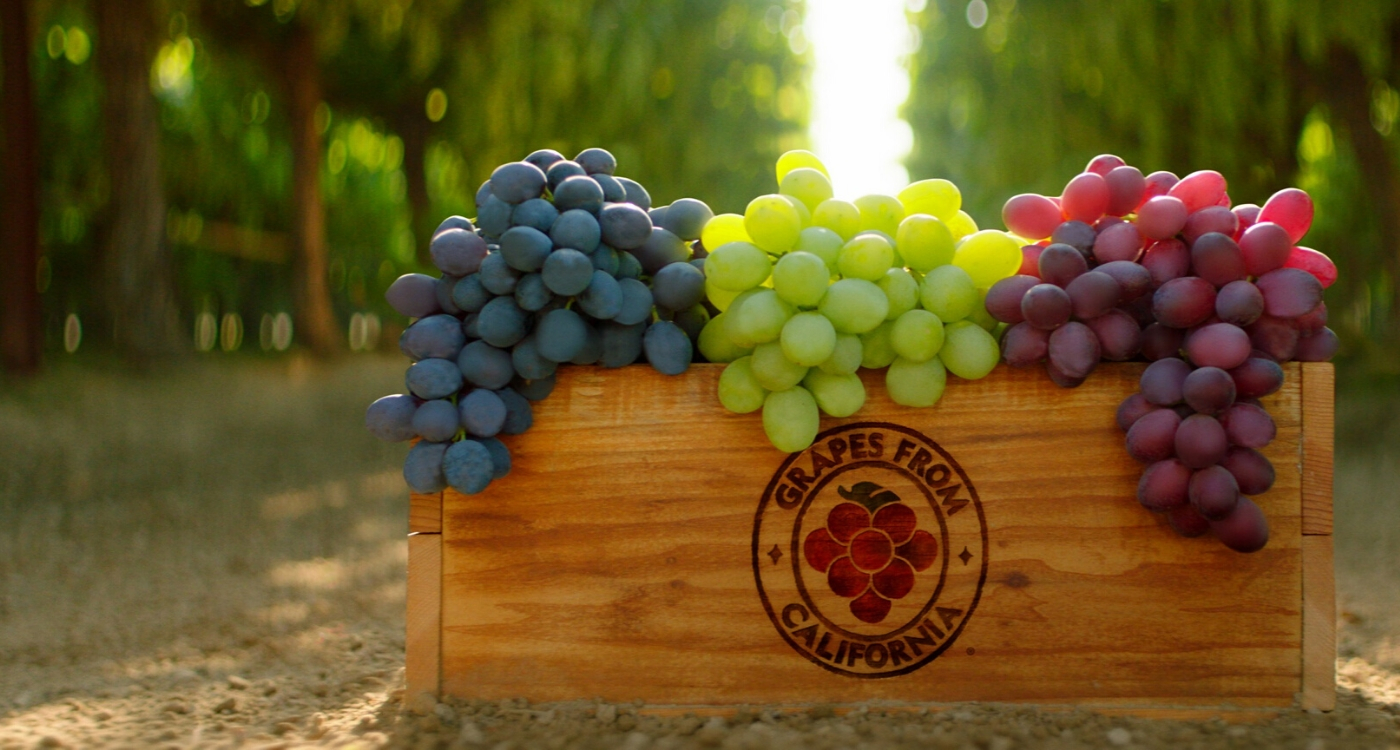
After Harvest
After the grapes are harvested, the vine continues the process of photosynthesis, creating carbohydrate reserves to store in the vine’s roots, trunks and cordons until an appropriate level of reserves has been stored.
LEARN MORE >
